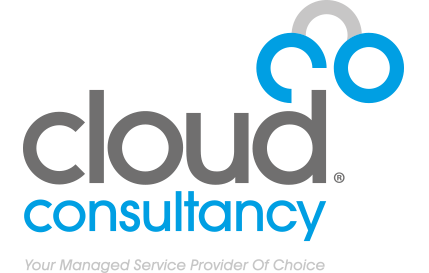Microsoft has decided to retire the Invoicing app in Office 365 in 2020. If you act quickly, you can preserve your customer data and import it to your replacement application.

Image: AndreyPopov, Getty Images/iStockphoto
While the issuing of invoices is a fundamental part of the day-to-day activity of any business, many startups and small businesses fail to plan for it like they should. Tracking customers and how much they owe for products and services should be a priority, not an afterthought.
Digitization and cloud computing have given businesses, especially small businesses and freelancers, new invoicing capabilities. For example, cloud-based applications allow businesses to invoice and receive payments using nothing but their smartphones. Microsoft added such an invoicing app to the Office 365 productivity suite in 2017. But, apparently, that application failed to pique user interest and is scheduled for retirement in early 2020.
Export Microsoft Invoicing customer data before it’s gone
In early November 2019, Microsoft announced (Figure A) that its Invoicing app, which was part of the Office 365 Business Premium edition, will be retired and removed from the productivity suite on Feb. 8, 2020. If users wish to save invoicing and customer data from the application before it’s lost, they will have to manually download it.

Figure A
The retirement of the Microsoft Invoicing app is a bit of surprise since the company spent significant time and effort promoting the Office 365 Business Center in 2017. This feature, housed inside Office 365, was supposed to be a one-stop shop for much-needed small business activities like email marketing, service listings, website development, and invoicing. Microsoft seems to have gone out of its way to deemphasize those features now.
To start the export process for Microsoft Invoices, login to Office365 using an account with administrative rights and then click the Export link located in the warning message at the top of the screen (Figure A). After an additional warning of the app’s impending retirement, click the Export button to reach the screen shown in Figure B, where the system asks for an email address.

Figure B
Click OK after entering the appropriate email address. When the export of an Excel .CSV file is complete, click OK again and then close the export function.
As you can see in Figure C, the .CSV file is a simple database formatted in a comma-delimited table containing the usual pertinent information: Customer number, name, email, physical address, etc.

Figure C
In theory, customer and invoicing information stored in this way can be uploaded or imported into a new invoicing application.
Potential new invoicing applications
There are dozens of replacement invoicing applications, and which one your small business chooses will likely be determined by how many functions you want your service to perform.
The most obvious choice is probably QuickBooks, which not only includes an invoicing module but just about every other bookkeeping tool a small business could ask for. The least expensive QuickBooks edition is called Simple Start, which has a monthly subscription price of $25.
A popular cloud-based solution is FreshBooks, which also includes an invoicing module along with a complete bookkeeping system. The Lite edition of FreshBooks is priced at $15 a month.
Another complete cloud-based bookkeeping solution is Wave. Notably, this service takes a different approach to pricing. Wave services, including invoicing, can be used free of charge. However, the company does collect a fee every time you use the service to collect or make an electronic payment, or if you use its payroll services.
If you are looking for a standalone invoicing app, you might want to consider Zoho Invoicing. The base level of the application can be used for free for up to five customers. If you invoice more than five customers, you will move to the next level, which is priced at $9 a month.
No matter which alternative service you choose to replace Microsoft Invoicing, you should be able to import the .CSV file containing your downloaded customer data using that application’s built-in tools.
Source: TechRepublic / Author: Mark Kaelin
